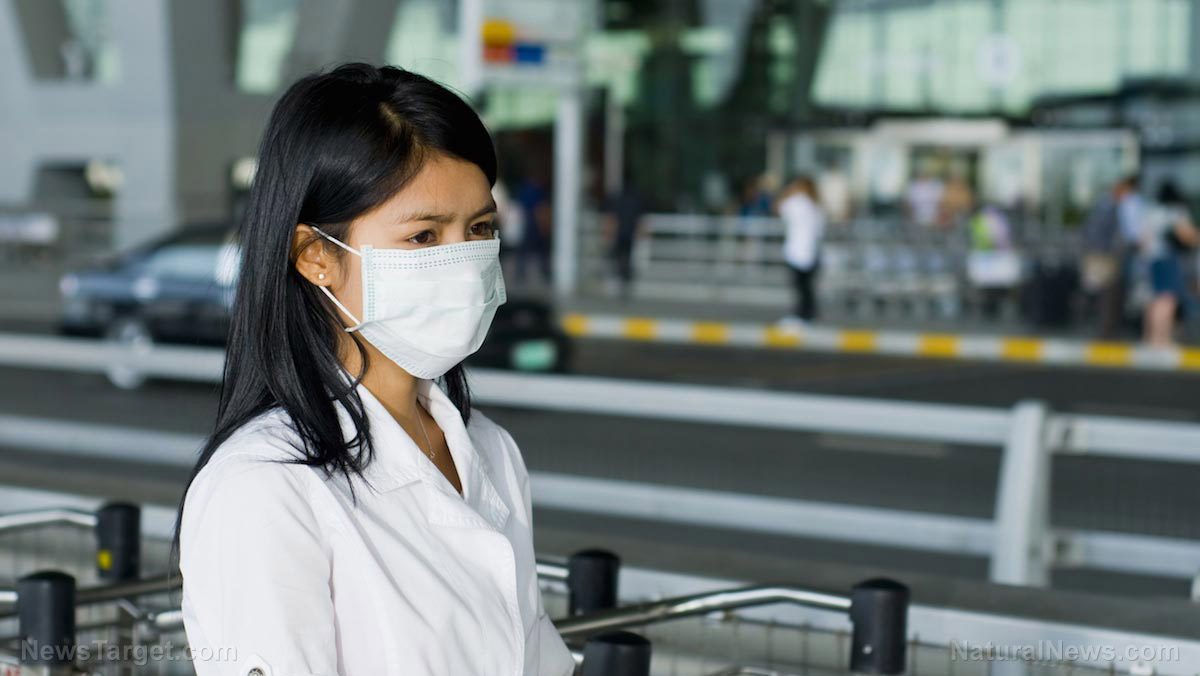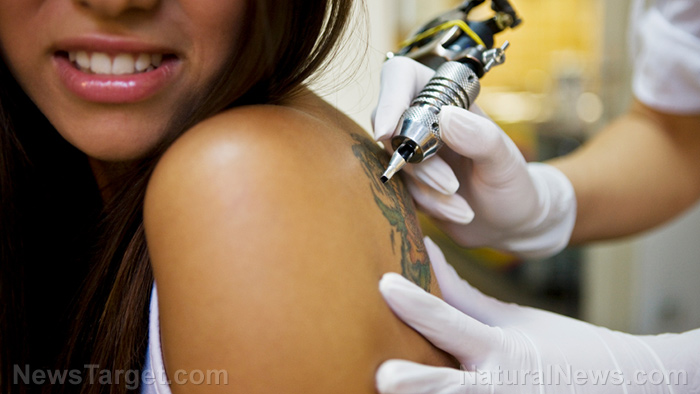Survival medicine: How to disinfect your first aid tools and instruments
07/03/2020 / By Zoey Sky

In a disaster scenario, knowing first aid is crucial to your survival. Even if you’re safe after SHTF, there’s no telling when someone else might need medical attention. Since it’s important to be readily available for medical emergencies, you should know how to clean and disinfect your first aid tools and instruments after using them to prevent the spread of infection the next time you need to use them again. (h/t to DoomAndBloom.net)
The difference between “sterile” and “clean”
Ideally, the items in your first aid kit must be kept clean and sterile at all times. But do you know the difference between these two terms?
Sterile
When talking about medical protection, “sterility” refers to “the complete absence of microbes.” Sterilization gets rid of all microbes on medical items and tools to prevent disease transmission the next time it is used.
In a medical setting, tools are usually cleaned with a “sterile technique” that involves certain procedures that require special solutions and sterile instruments, dressings and towels. Sterile technique is crucial when treating wounds wherein the patient’s skin has been broken, exposing soft tissue.
Clean
When SHTF, you can’t always guarantee that you’ll be working in a sterile environment. If this happens, you should at least try to keep your tools clean.
Cleaning techniques focus on preventing infections by reducing the number of microorganisms that may be transferred from one person to another by medical instruments or other supplies. To keep your environment clean, you must wash your hands thoroughly with soap and hot water.
If you are tasked with treating medical emergencies in your home or survival group, you should try to maintain a balance between sterility, or what is optimal, and cleanliness, or what is achievable. (Related: Why first aid training is a must for all preppers.)
Maintaining a “sterile” field
If you are about to treat a wound or start an emergency surgical procedure, you need to monitor your work area or the “sterile field” to ensure that it remains free of any microorganisms that can cause infections. Line your work area with sterile fenestrated drapes formed to make a small window where the procedure will occur.
If you don’t have fenestrated drapes or commercially prepared drapes that already have openings in them, you can use sterile towels instead.
Before you start the procedure, wear protective gear like gloves, apron and eye protection to guard against the splatter of any bodily fluids from the patient.
Once the procedure is done, thoroughly wash any item that may be reused before you sterilize it. Use a soft brush to remove blood, tissue particles and other contaminants that can make sterilization more difficult.
How to disinfect and sterilize instruments
Below are several methods that you can use to keep your tools and instruments sterile before and after using them.
Boiling
Pour water in a clean pot, then place the tools in when the water is gently boiling. Leave the items in the water for 30 minutes. Note that this method may not completely eliminate some bacteria.
Boiling may also eventually cause your tools to rust, especially if you’re boiling sharp instruments like scissors or knives. Reconsider this method if you don’t have a lot of fuel to spare for sterilizing your tools.
Sterilize scissors and clamps in the “open” position to clean all nooks and crannies.
Bleaching
Soak tools in a 0.1 percent bleach solution (sodium or calcium hypochlorite) for 15 to 30 minutes to disinfect instruments. Soaking them any longer may cause rusting.
Rinse your tools thoroughly in sterilized water after they are soaked in bleach.
Isopropyl alcohol
You can also soak your tools in 70 percent isopropyl alcohol for 30 minutes to sterilize them.
Prepping a first aid kit
Below is a list of items that you need in a basic first aid kit so you can address minor medical emergencies:
- Alcohol wipes
- Antibacterial hand cleaner
- Antibacterial ointment
- Butterfly closures
- Clotting agent
- CPR mask
- Fine-point tweezers
- Irrigation syringe
- Israeli bandage
- Large bandages
- Medical face mask
- Medical scissors
- Medical tape
- Sterile rubber gloves
- SWAT tourniquet
- Thermometer
When SHTF, you can’t always guarantee that your work environment will be sterile before addressing a medical emergency. If this is the case, keep your surroundings as clean as you can, wash your hands thoroughly and wear protective gear before you treat someone.
Sources include:
Tagged Under: disinfection, emergency medicine, first aid, medical supplies, preparedness, Preppers, prepping, prevention, SHTF, sterility, sterilization, survival, survival medicine, Survival Tips





















